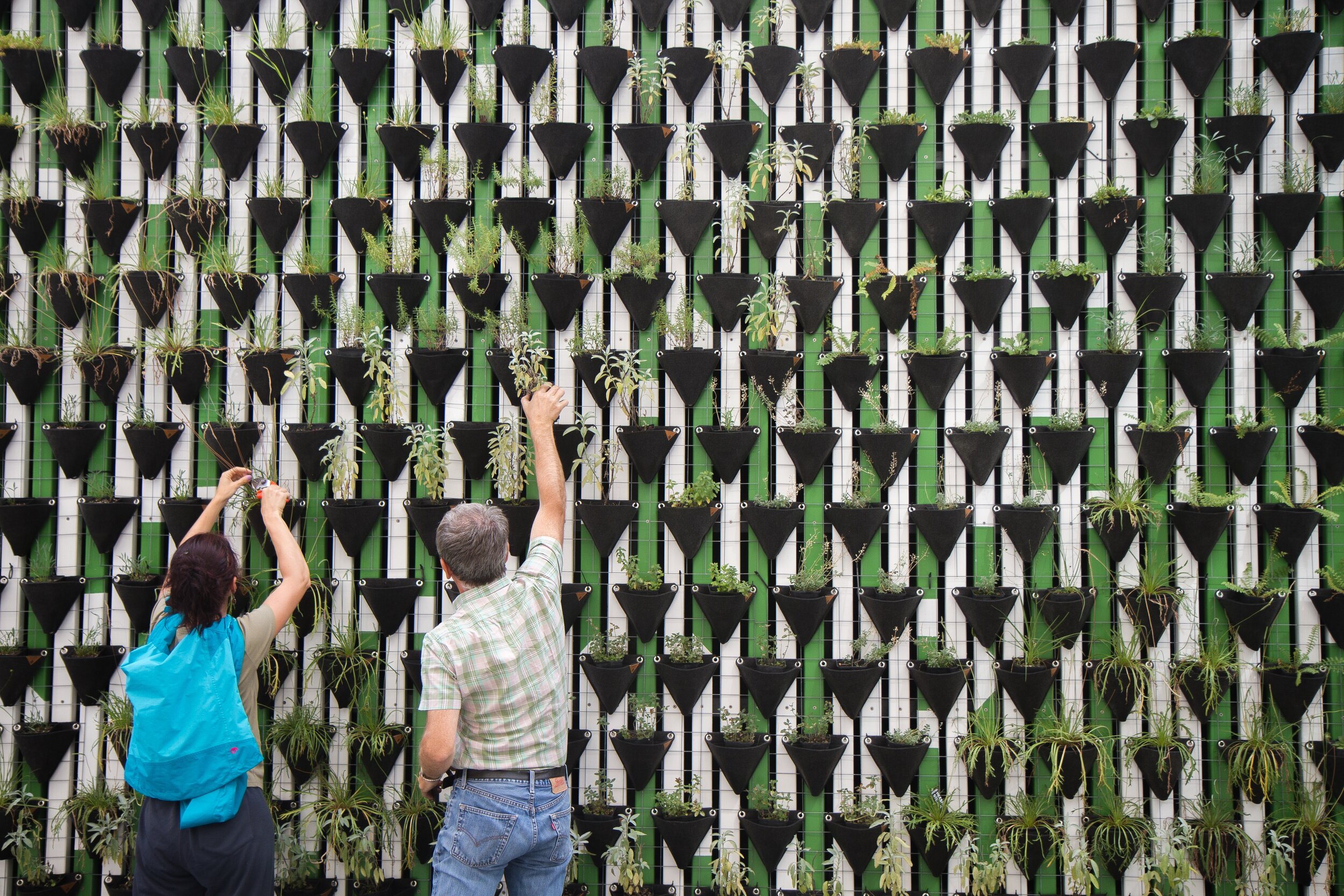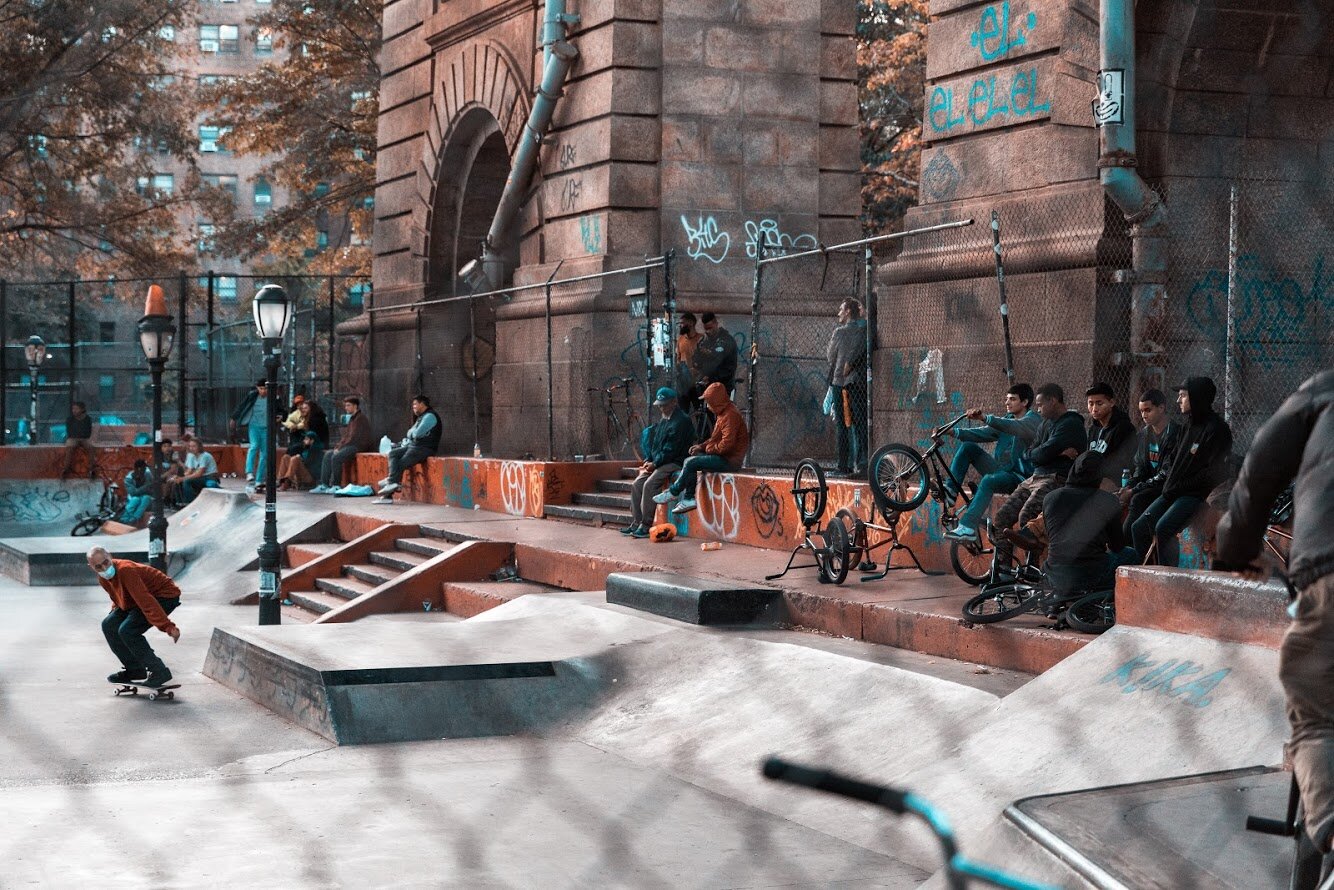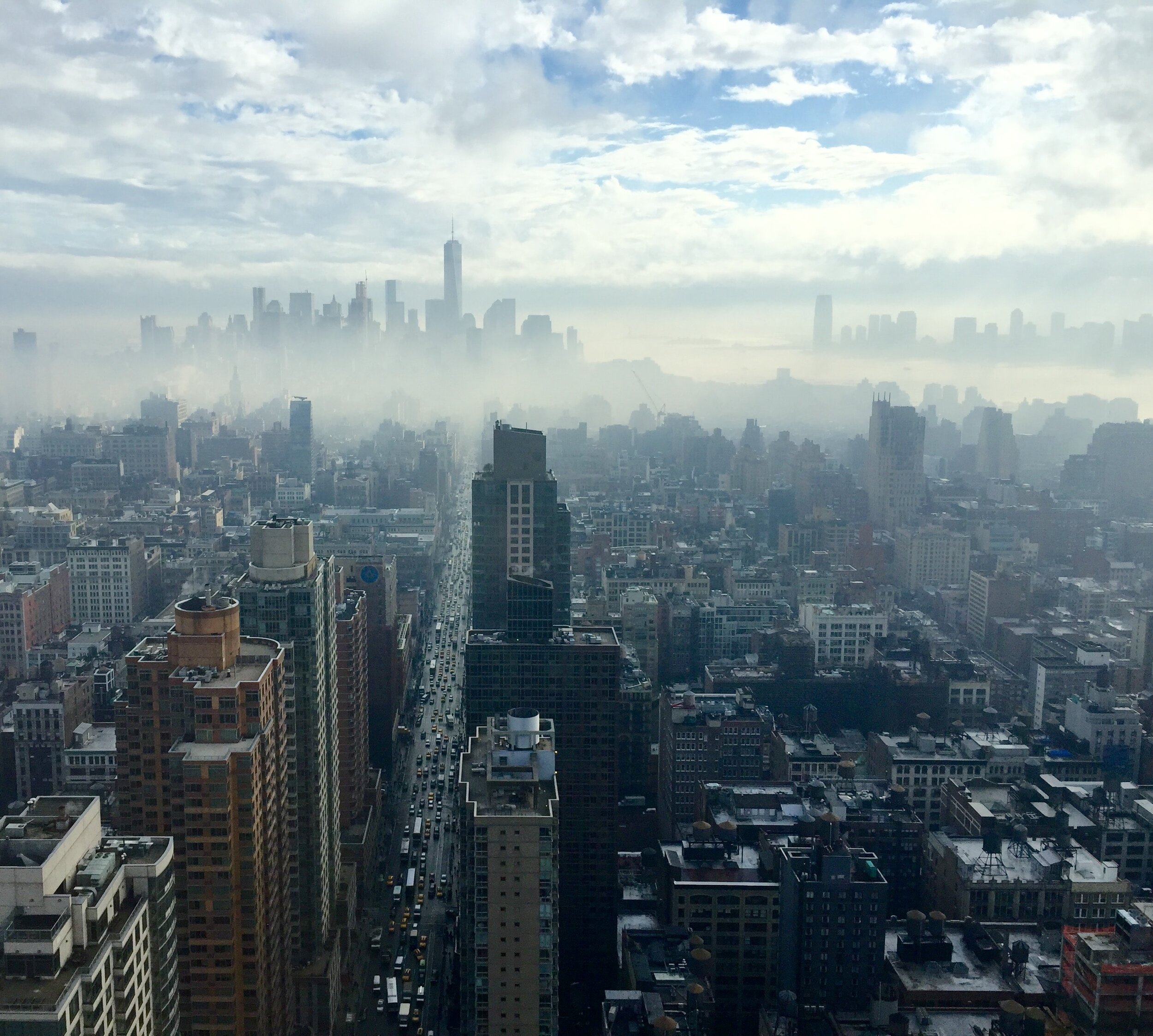We like this or that propositions. Apparently, our brains prefer them. Decisions are simplified into either/or choices. Conflicts are reduced to good vs evil. Politics, at least here in the US, are framed by a two-party system. We like these binaries. Right or left? In or out? For or against? These thinking habits help us with simple decisions, but this kind of thinking is ill-used when applied to complex problems. A friend recently told me that in his counseling practice, every person he’s worked with thus far has developed a bad binary. They oversimplify their problem into two alternatives that do not account for the nuance in their stories, and this hurts them. This tendency toward binary thinking is seen in the way many local churches treat culture, and we need to move away from it to something new if we are going to live out our calling as God’s people.
Paradise Lost or Future Heaven[1]
In the consulting we do at World Outspoken, we generally encounter two postures toward culture. Some leaders approach cultural engagement with a deep sense of loss. They think back to a golden age, either in their country or in their local congregation, where things were better or right. These leaders express a desire to return their organizations to a past version. Their memories of the “good ol’ days” are romanticized, and the people of that age become heroes/legends. “For the person whose focus is mostly on the past, the present is a cemetery filled with monuments to the glory days that will never come again or with a painful record of the injuries and slights we have suffered.”[2] These leaders need the words of the teacher: “Do not say, “Why were the old days better than these?” For it is not wise to ask such questions.”[3]
A second, equally common posture toward the present culture is to look beyond it to the future. Leaders with this mentality misapply the teacher’s words: “better is the end of a thing than its beginning.”[4] This group risks minimizing current events and borders on escapism when they focus too much on the truth that the Lord will one day make all things new and right. “To someone whose interest is chiefly on the future, the present is only a way station. Its primary function is to serve as a staging ground for what comes next.”[5] This group risks disengaging in significant ways from work that reflects the future they imagine. Rather than work toward that future, they wait passively for it. As my friend, Dr. Koessler writes, “The future and the past can both be an unhealthy refuge for those who are disappointed with their present.”[6] What we need, then, is another type of “imaginative response … focusing neither on a past golden age nor an anticipated utopia.”[7]
The Exiled Imagination
This article is the first of a three-part series that develops an alternative response to present culture. We focus on themes drawn from Scripture’s exilic writers. Exile “is the experience of pain and suffering that results from knowledge that there is a home where one belongs, yet for the present one is unable to return there.”[8] The most iconic experience of exile in the Bible is the capture of Israel by the Assyrians (722 B.C.) and the fall of the southern kingdom of Judah to the hands of Nebuchadnezzar (586 B.C.). It was during the exile of the southern kingdom that Jeremiah penned his popular letter (i.e. Jer. 29). In this letter, we discover the first image necessary for a healthy imaginative response to culture; we discover an image of ourselves. While developing this image, my goal is to move beyond simple binaries to a robust imaginative posture that accounts for who we are and where we are today.
The first few verses of the 29th chapter of Jeremiah’s anthology sets the stage for this letter. It was written to Israelites who were taken as prisoners of war from the city of Jerusalem to Babylon. The letter begins with a simple but hard declaration from God. The Lord takes credit for their exile, for sending Israelites as POWs to a perilous city. We forget that these Israelites were not sent to Babylon as missionaries. They were not pure, innocent, and godly people who were given a special call to this dangerous and unjust place. They didn’t choose to move there. The truth, in fact, is that the Israelites were Babylonian before they ever lived in Babylon. Jeremiah makes this point repeatedly throughout his anthology.
Beginning in chapter two, we are told that the priests, the shepherds, and the prophets disobeyed God’s instructions. The entire nation’s crimes are summarized in two statements: 1) They disowned their God, and 2) replaced him with other gods (2:13). The leaders were corrupt, and the people were wayward, leading to rampant injustice (6:10; 7:5-20, 30-31). Jerusalem was the capital city, the city of God and His chosen king. It was the Lord’s special dwelling place, meant to reflect his peace, justice, and prosperity (Ps. 72), but the first 24 chapters of Jeremiah’s writings reveal a different reality. Israel never built the Jerusalem, the city which was a blueprint of Heaven on earth. Instead, they built a mirror-image of Babylon, following the plans for a city built on libido dominandi (the lust for mastery). What was ruling Babylon was in them too. God’s people were more Babylonian than they were citizens of Jerusalem, and after many warnings, they were cast out from the city of God to live in the real Babylon they lusted after.
A History of Non-innocence
The Lord sent Israelites into Babylon not as good people to a bad city, but as chastised people to a depraved city. A healthy imaginative response to our Babylonian world depends on a healthy view of ourselves. In a previous article, we discussed the Latino understanding of history. The Hispanic identity is shaped by the conviction that our heritage carries a deep sense of inherited guilt. The bible gives shape to a similar identity for God’s people (Rom. 5:12). Today, we are not beyond the guilt and crookedness of this sick world. Paul tells us as much. After listing a group of sinners that would make a kind of “top 10” list of criminals and deviants, Paul writes, “and such were some of you.”[9] The identity of God’s people is always simul justus et peccator (simultaneously righteous and sinner). Our sin tendency tethers us to Babylon. It forces us to acknowledge our complicity in Babylonizing the world. But we are also righteous. We are washed clean only to be planted back in the world as God’s ambassadors (1 Cor. 5:20). It is with this dual identity that we are to read the instructions of Jeremiah’s letter.
The Bible gives us two examples of what it means to live well in Babylon: Daniel and Nehemiah. Both men worked in the royal court, directly engaging the political systems of the city. Both men have long prayers that are recorded for us to read, and both men confess their inherited guilt. Daniel chapter 9 records Daniel confessing the sin of all the people, declaring the shame inherited because of the corruption of all Israel. The 9th chapter of Nehemiah is very similar. In his prayer, Nehemiah recounts the history of Israel, highlighting the consistent mercy of God and the consistent failure of the people. In these men, we have examples of culture-makers who don’t pretend to be innocent when reflecting God in their present cultural home. They go before God on behalf of their collective guilt, then engage their city.
Planting in Babylon
When God chooses people to be his ambassadors on earth, He instructs them to reflect Him in what they make. Jeremiah, speaking on behalf of God, encourages the people to go back to basic culture-making. He tells them to plant gardens, build houses, and have families in Babylon. They are not supposed to spend their days dreaming of their past in Jerusalem, nor are they are to passively wait for a future rescue, refusing to enter and engage their new home. They are not going back anytime soon, and the rescue is still far out in front of them (vv. 8-9). In the present, God calls them to make culture, to create communities that live out His story in this city. They are tied to Babylon and instructed to give shape to it.
The Lord says, “Seek the peace and prosperity of the city to which I have carried you into exile. Pray to the Lord for it, because if it prospers, you too will prosper.” The italicized word here is a translation of the word shalom. “In the Bible, shalom means universal flourishing, wholeness and delight – a rich state of affairs in which natural needs are satisfied and natural gifts fruitfully employed, … Shalom, in other words, is the way the world should be.”[10] This command breaks our binary patterns of thinking. The good of God’s people is interconnected to the good of a corrupt city. This should scare us. We know, because Israel gave us an example in Jerusalem, that we can never produce shalom in the cities we make.
It is in view of this, that the Lord’s promise in the middle of this letter is so comforting. The Lord tells a non-innocent, chastised people to live in Babylon as active seekers of shalom, as those who pray for shalom and make small pockets of its beauty in their cultural works. While they work, they are told to hope and wait because their exile is not permanent. After a set time, the Lord promises to visit Babylon and bring the exiles home, back to the city where God and humanity dwell together in peace. Thankfully, He has visited. He can be found by those who seek Him, and He is gathering people from all the nations and places of exile (v. 14). This last hope – the hope that God brings people from every nation and place to His city – is the remarkable truth that we will explore in the second part of Planting in Babylon. Until then, may we be sober-minded makers who remember our sin-tendency and live in God’s grace for the shalom of Babylon.
Footnotes
[1] Credit to my friend and colleague, Dr. Baurain for these title phrases. Bradley Baurain, “By the Rivers of Babylon We Weep: The Exiled Imagination,” Christianity & the Arts, accessed July 23, 2019, link.
[2] John Koessler, “Practicing the Present,” April 22, 2019, Link.
[3] Ecclesiastes 7:10
[4] Ecclesiastes 7:8
[5] Koessler, “Practicing the Present.”
[6] Koessler.
[7] Baurain, “By the Rivers of Babylon We Weep.”
[8] I. M. Duguid, “Exile,” NDBT, 475. The author of this quote adds an * symbol to suffering that has been removed from the quote here. The symbol signals the reader to read a particular nuance he has added in a previous paragraph. By suffering, the author is referring to guilt or remorse stemming from the knowledge that the cause of exile is sin.
[9] 1 Cor. 6:10
[10] Cornelius Plantinga Jr, Not the Way It’s Supposed to Be: A Breviary of Sin (Grand Rapids, Mich. u.a.: Eerdmans, 1996), 10.















![CC BY-SA 2.5, https://commons.wikimedia.org/w/index.php?curid=937608 [5]](https://images.squarespace-cdn.com/content/v1/5dfd8beb22732d3b23495b1f/1577989241484-HKVUQ3DOPNPRI92VFOG4/Adams_onis_map.png)


















